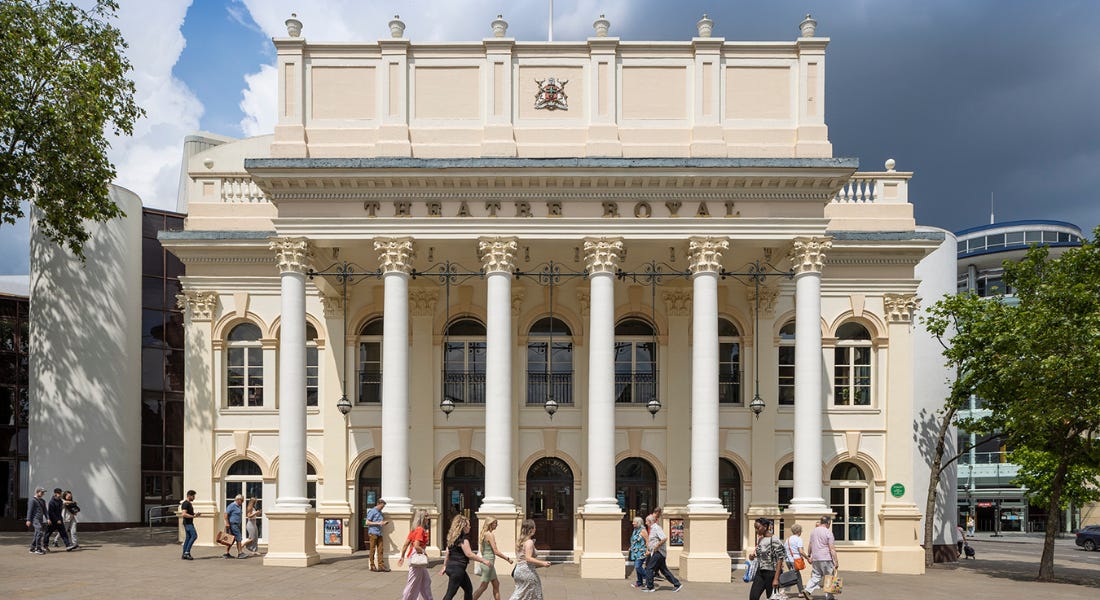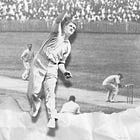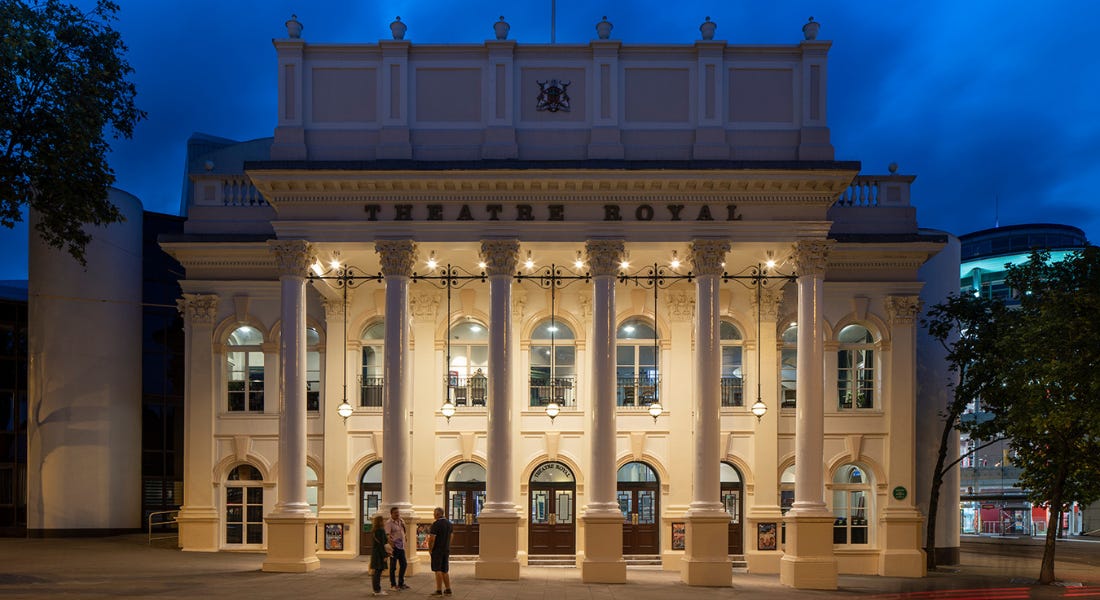The Theatre Royal in Nottingham is celebrating its 160th anniversary
We speak to the theatre’s heritage officer about its remarkable history...
When it comes to watching the arts around the county, we are lucky to have so many brilliant venues to do so at. One of these is the renowned Theatre Royal, which has stood proudly in the city since September 25, 1865.
We spoke with heritage officer Georgina Donohue to find out about the theatre’s history, the highlights and changes it has seen over the years, and its plans for its 160th anniversary celebrations.
If you’re looking for things to do in Nottingham, visiting the Theatre Royal is one of the best activities you can do in the city. For more features and guides, subscribe to The Notts Edit to receive our articles in your inbox for free.
Celebrating 160 years of the Theatre Royal in Nottingham
By Eve Smallman
When picturing iconic Nottingham locations, the grand Theatre Royal is one of the biggest and brightest that comes to mind. Hosting remarkable theatre productions and renowned musical artists, it’s one of the go-to places for a night of wonderful entertainment — for locals, tourists, and artists across the ages.
“Agatha Christie used to refer to the Theatre Royal as her lucky theatre, and she'd actively choose to start her performances here in Nottingham,” explains Georgina Donohue, heritage officer at the Theatre Royal. “She found the crowd very receptive to new work, and the very first performance of The Mousetrap was here.”
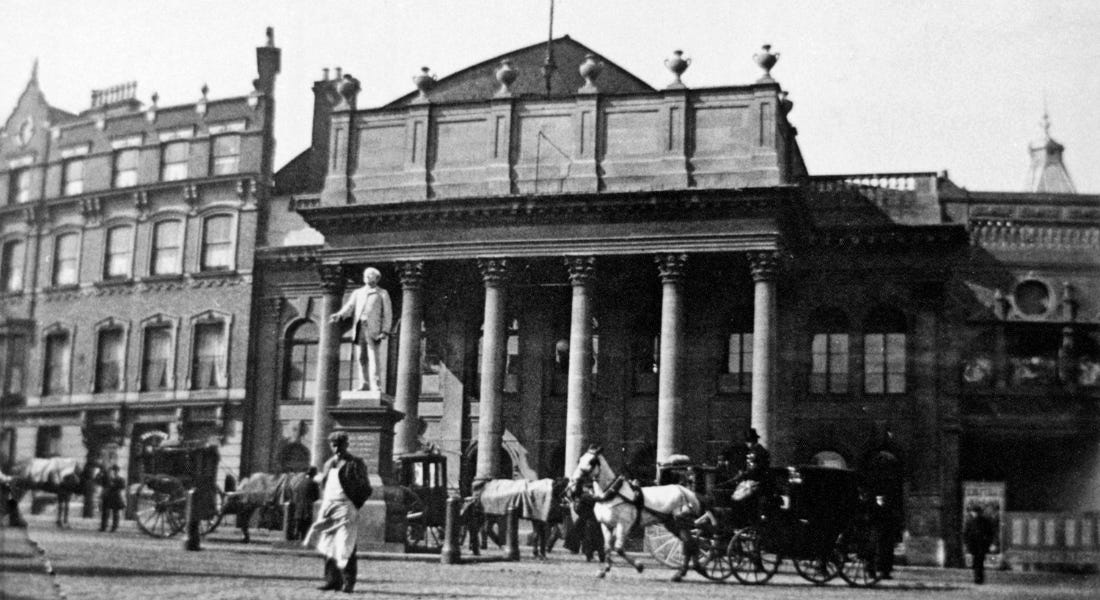
Nottingham’s unique creativity is how the theatre found its start when it was built in 1865 — over 160 years ago. “It was the vision of two brothers, John and William Lambert, who made their money in the lace industry,” Georgina says. “But they were philanthropists, and they wanted to contribute to the city that had been so good to them.” It only took six months to build, and it cost £15,000 back in the day — which is around £1.6m today.

The very first show that took place was The School for Scandal on September 25, 1865. “This was chosen because it was a really fun, popular, likable, fast show that you could get into,” Georgina says. The actor-manager of the day, Mr. Walter Montgomery, said they’d have Sheridan that night, but Shakespeare would follow. “It was going to be a high-art theatre with really good quality performances for the people of Nottingham to enjoy.”
While this ethos certainly prevails today, there are some things that have changed at the Theatre Royal throughout the years. While the original architect was Charles J. Phipps, architect and theatre design specialist Frank Matcham was brought in in 1897 to make suitable adjustments. “He put the rake on the stage, which is like a slope that increases people’s sightlines, so you can see things right at the back,” Georgina explains.
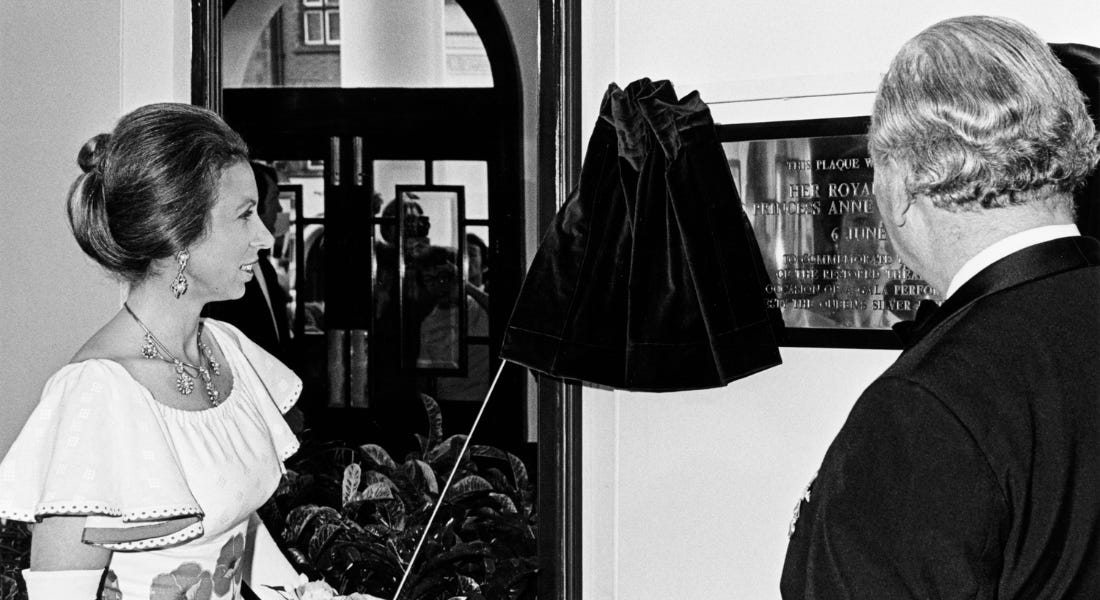
He also took out a lot of the original balconies and pillars and used a new balcony invention at the time called theatre cantilevers. “They're built on a sort of shelf, and allow us to have a really good, uninterrupted view of the stage,” Georgina says.
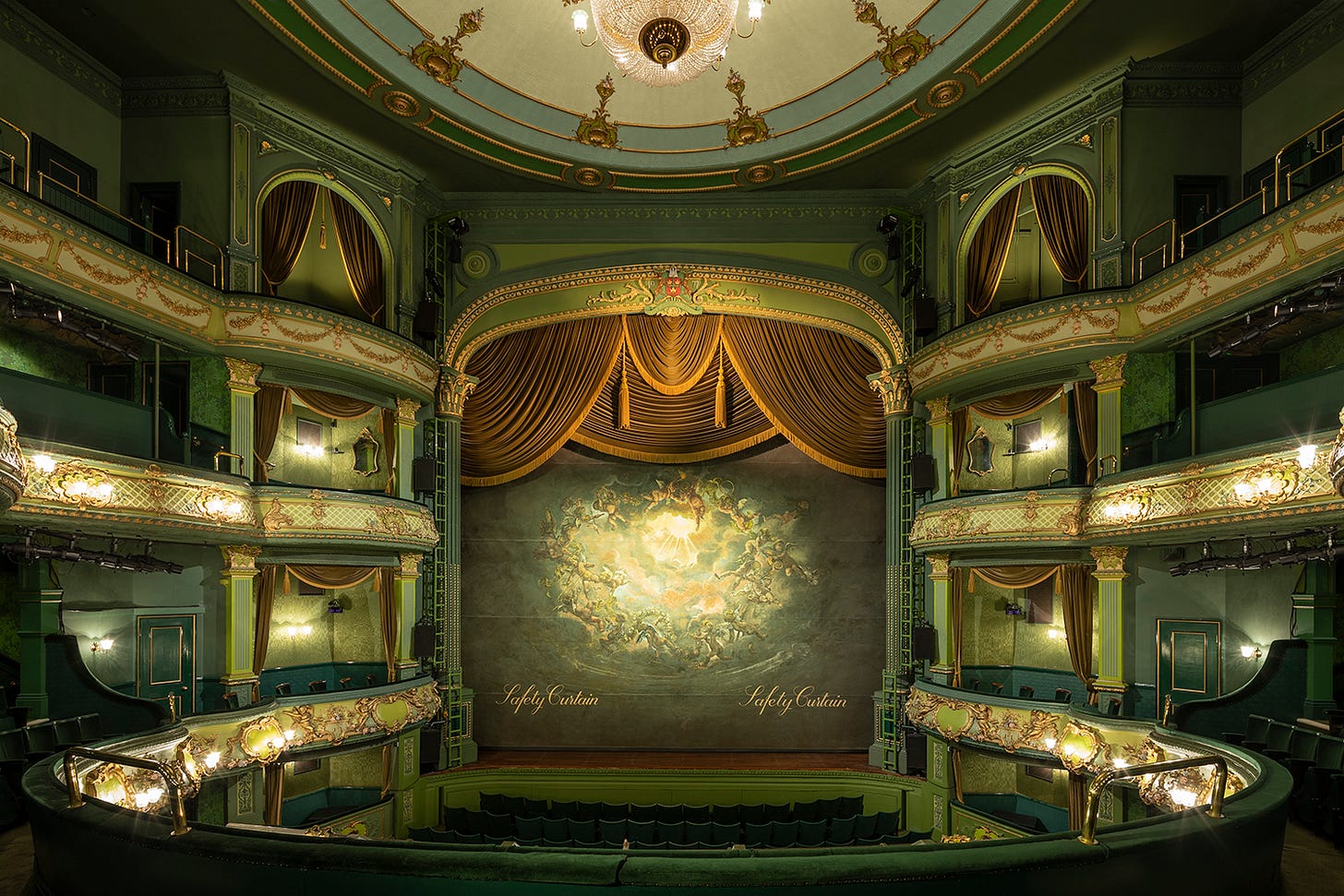
Changes throughout the years also included the colour scheme, which is particularly different from what it was before. Georgina explains, “You come today, and it's all green and gold, which is a very traditional, continental colour for theatres of that time, but it has had different colours over the years.”
Originally, it would have been blue, peach, and red — very bright colours due to the gas lights at the time. Meanwhile, when the theatre company Moss Empires bought it in 1924, it was burgundy and gold, which were its uniform colours. Later on in 1969, Nottingham City Council bought the building and refurbed it, with it reopening in 1978 with Princess Anne doing the honours of opening the doors back up.
The different changes, from colours to ownership, reflect the different generations that have built connections to the much-loved venue, creating memories and embracing the opportunities to make it their own.
Despite all this, there is one stalwart that has always been in the wings at the theatre — oh yes, it can only be pantomime, which it has had for the last 160 years. The very first pantomime was called The House That Jack Built, and it had a bit of a twist. “The show is a traditional panto formula and has a house can be changed for each city, and they actually built the Theatre Royal and made it part of that production,” Georgina explains. Over the years, the theatre has seen stars like Barbara Windsor, Bradley Walsh, and the Chuckle Brothers perform in its panto shows.
Read more:
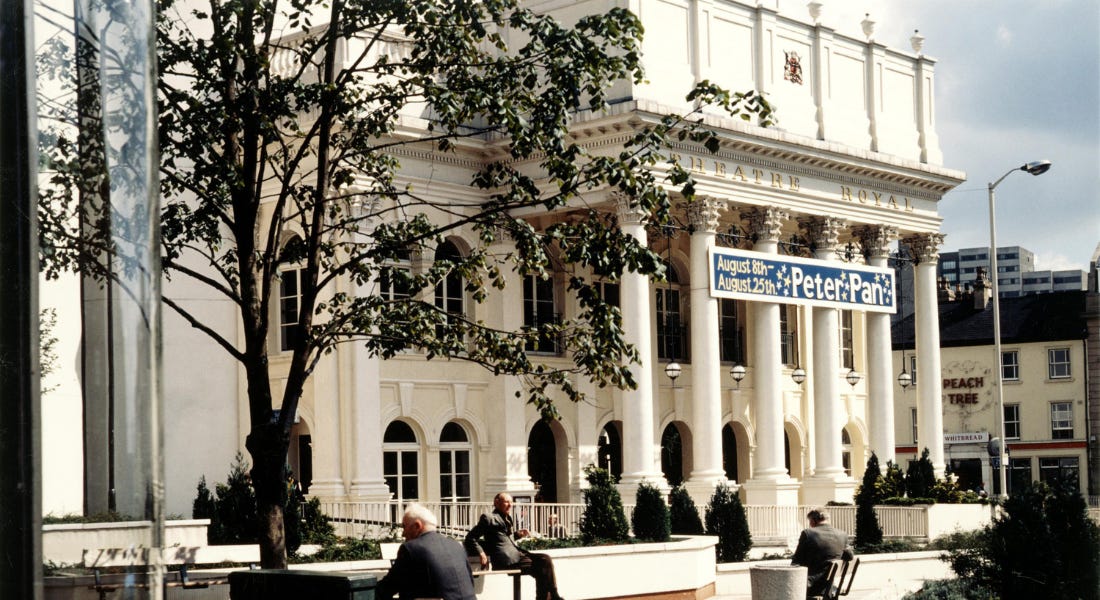
To celebrate the 160th anniversary, the venue is hosting a special programme of free community and heritage events from September 22-27, including an Open Day on September 27 with access behind the scenes, heritage exhibition, talks, and foyer performances. The tours have sold-out, but there will be tickets for these available on a first-come-first-serve basis on the day.
During the week of the anniversary, the National Theatre’s hit production Dear England, will be visiting the Theatre Royal from September 23-27, as part of its first-ever national tour. This is a particularly fitting part of the venue’s celebrations, as the play’s writer, James Graham, grew up in Ashfield and saw his early theatre, including his first pantomimes, at the Theatre Royal. On finishing university, he also got his first job in theatre as the venue’s stage doorkeeper.
The Theatre Royal is certainly a Nottingham landmark — not just because of how high it stands on the skyline, but how much it is in the heart of the community. “When people have been here year after year to different shows, different pantomimes, they’ve brought their children and their grandchildren,” Georgina finishes by saying. “It has got a strong community connection to people and strong support from the community.” We hope that it will still be here in another 160 years’ time.
🤳 Keep up with us on socials on Instagram and TikTok
✉️ Send stories such as press releases and feature ideas to editor@thenottsedit.com
💰 Want to feature your business in The Notts Edit? Email Eve Smallman at editor@thenottsedit.com to receive our media pack
☕ Enjoying The Notts Edit? Buy us a coffee on Ko-Fi and help fuel our words



